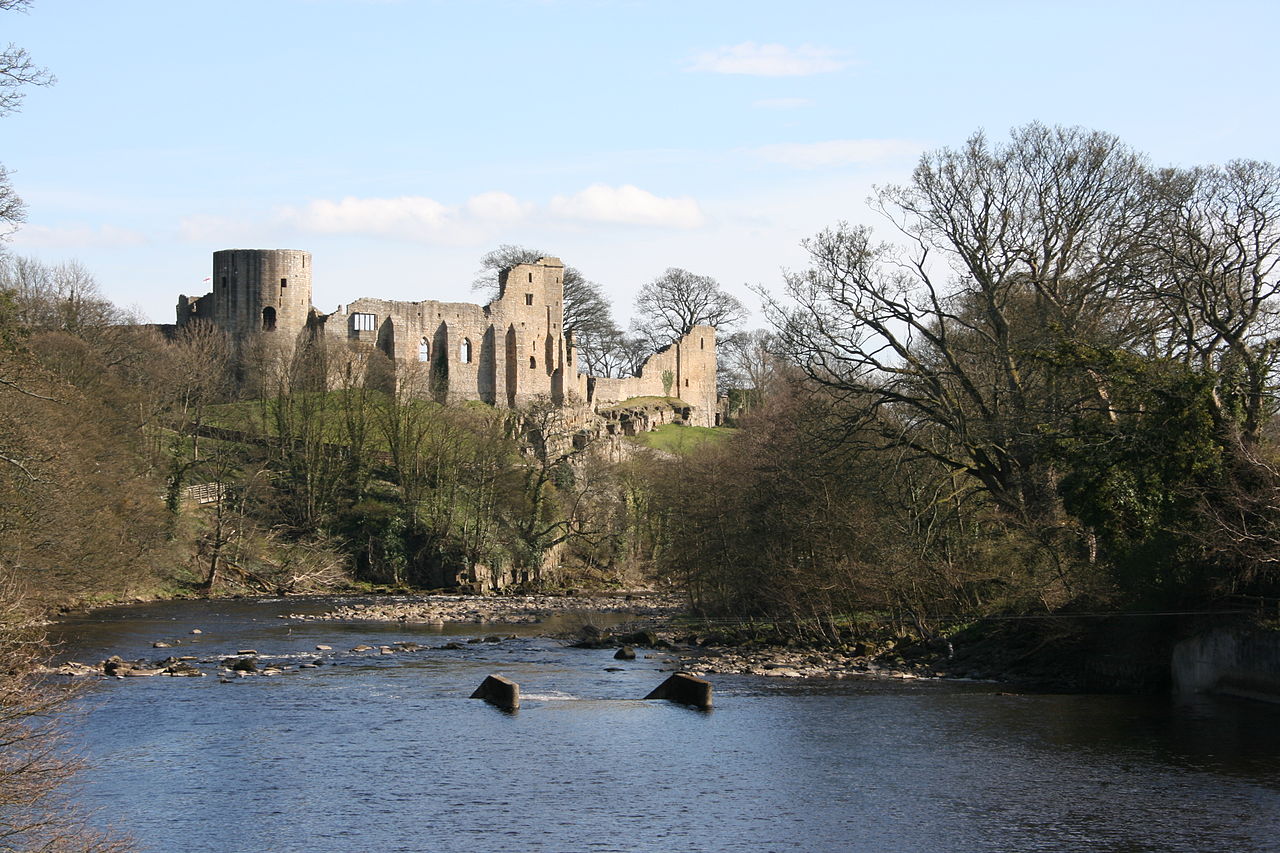
Now in ruins, the castle is a grade I listed building and has been given Scheduled Ancient Monument status. It was built by a Norman baron named Guy de Balliol between 1095 and 1125 before being extended by his nephew Bernard de Balliol.
Without question, it is a place of real Royal importance as it was later owned by John Balliol, aka Toom Tabard, who was the King of Scotland between 1292 and 1296. A couple of centuries later it became the property of Richard III through his wife Anne Neville.
The fortress was one of the Yorkist king’s most treasured residences. However, in 1626 the crown sold the property to the politician Sir Henry Vane, who took much of its masonry to use on his other residence Raby Castle in County Durham. Barnard was subsequently abandoned and fell into ruins. It is now looked after by English Heritage and is open to the public.
Another place brimming with history is the renowned Bowes Museum, which houses one of England’s finest art collections including works by Francisco Goyo, Francois Boucher and Canaletto.
One of the museum’s biggest attractions is an automated silver swan that preens itself. It dates from 1774and was originally displayed in James Cox’s Mechanical Museum in London. Its mechanisms were made by John Joseph Merlin, who was one of the era’s best inventors.
The museum building itself is something of a work of art. It was created to represent a French chateau by John and Josephine Bowes, who both sadly passed away before it opened in 1892, and has stunning gardens that are rich with exotic flowers.
As well as a connection with fine art, Barnard Castle also has a literary link as Charles Dickens stayed in the town while he was researching for his third novel Nicholas Nickleby. Along with his illustrator Hablot Browne, the acclaimed writer stayed at the Kings Head public house in Market Place. The building is still there but it is now a care home. However, a blue plaque has been put up to commemorate Dickens time there.
While the Kings Head is no more, there are plenty of other pubs to visit for a few refreshments or even a good night’s sleep. The main street through the town is home to no less than eight watering holes and there are a further five within the town’s boundary.
In the centre of the town stands an eye-catching octagonal market cross. It was built in 1747 and is sometimes referred to as ‘Butter Mart’. It serves as a roundabout these days but is still a fine piece of architecture.
Heading south from Barnard Castle you will see what remains of Egglestone Abbey. It was founded by Premonstratensians between 1168 and 1198 that chose the site because of its proximity to the River Tees and its isolation.
Unlike some of the wealthy abbeys dotted around the Dales, Egglestone was poor and at times struggled to keep its 12 canons. After the Dissolution of the Monasteries under Henry VIII in 1540, the abbey was given to Robert Strelly, who used it as a private residence.
In the 19th century, the structure was abandoned and much of its brick work was removed in order for it to be used in the construction a new stable yard at Rokeby Hall, which still stands around a mile away.
There is still much left to see, though. Yes, it is in ruins but you can clearly get a feel for what an imposing structure it must have once been.
A great place for walking in the town is Flatts Woods. It was has a path cutting through its centre which you can access by taking a left turn at the side of Barnard Castle Methodist Church on the corner of Horse Market and Flatts Road.
There are also a number of circular routes that take in stunning moorland and lush green farms.
Barnard Castle has every kind of accommodation you could imagine available, from traditional stone holiday cottages, to quaint inns and campsites. It is a town that is steeped in history and offer much to see and do for people of all ages so why not start planning your visit today?
